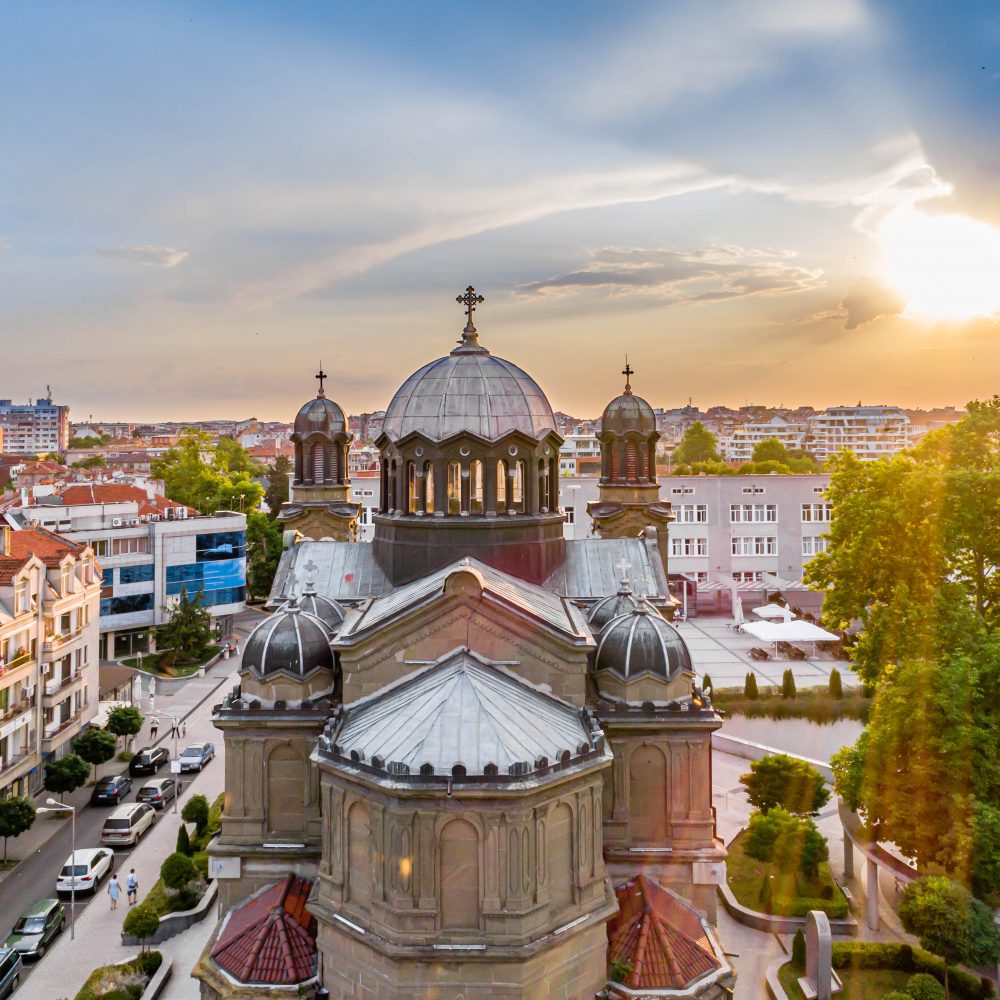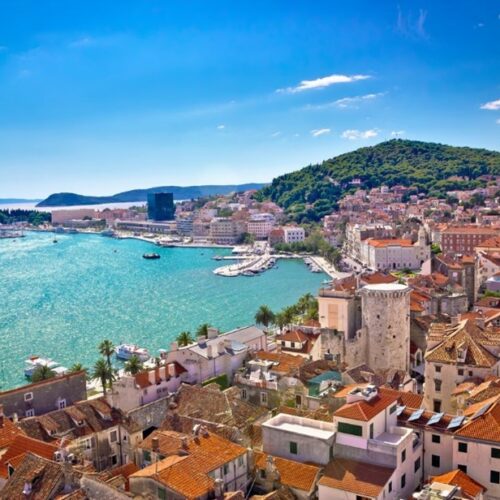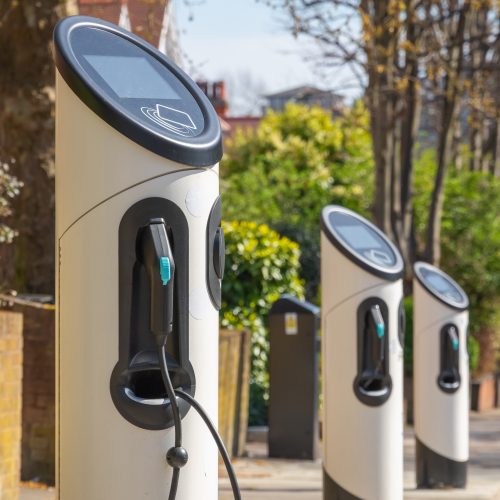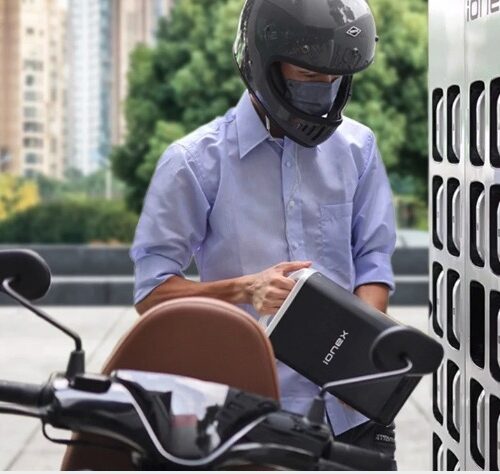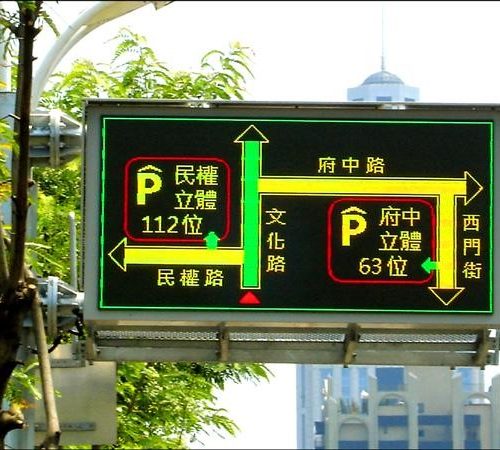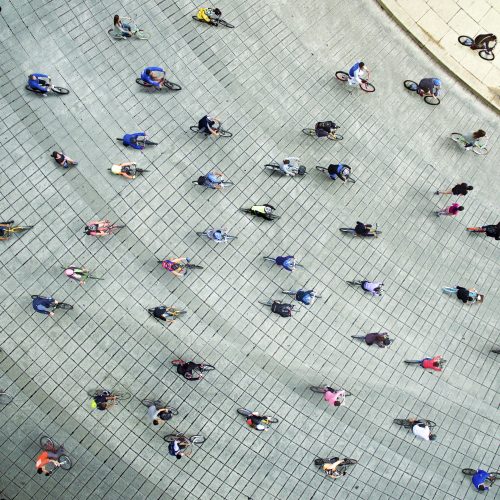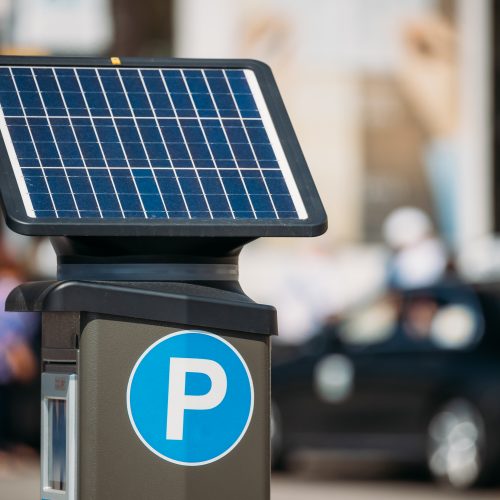Context and policy overview
Burgas is easily accessible by car and connected by two highways to other cities. Consequently, private vehicles are the most popular form of transport: in 2016, 58 per cent of city residents used a personal car and 37 per cent used public transport).[1] However, the municipality of Burgas recognised the adverse environmental and social impacts of this system and introduced policies to address them, including a Sustainable Urban Mobility Plan (SUMP) for the period 2014-20. The city engaged stakeholders to contribute to the SUMP and considered three scenarios. The chosen approach called for the city to (i) develop a dense network of high-speed bus lanes, (ii) increase the use of public transport and (iii) boost the number of bicycle parking areas and lanes.[2]
Implementation
The municipality introduced a number of measures under its Integrated Urban Transport Project. In 2015, the city began implementing a project to create an intelligent transport system that would improve the safety, efficiency and convenience of the public transport network. The plan included integrated ticketing and video surveillance of the network.
First, in 2018, commuters obtained real-time access to information on buses and trolley buses. The electronic boards at bus stops were also made more informative. Second, the city rolled out modern buses and smart intersections. This included the introduction of 60 new buses running on compressed natural gas (CNG) and diesel to operate over the improved transport infrastructure. The new vehicles replaced the city’s oldest buses, greatly improving the service and its reliability, with reduced emissions and maintenance costs and more attractive public transport.
Second, the city rolled out modern buses and smart intersections. This included the introduction of 60 new buses running on compressed natural gas (CNG) and diesel to operate over the improved transport infrastructure. The new vehicles replaced the city’s oldest buses, greatly improving the service and its reliability, with reduced emissions and maintenance costs and more attractive public transport.[3]
Third, Burgas introduced paid parking charges in central areas of the city. It also restricted the access of cars to the main administrative area and market, converting those parts of the city to a pedestrianised zone. A “ring and ride” service was provided for disabled individuals and for children.[4]
Lastly, the city constructed a complete cycling network, adding 20 km to the scheme already in place, and introduced a public bike-sharing scheme.
To enable the implementation of these measures, Burgas has sought to increase its administrative capacity, including systematic policy planning, targeted funding and the participation of residents. The city set aside €60 million from its municipal budget to implement the programme and obtained funding from international bodies such as the EBRD. In addition, the local public transport company has its own budget and receives contributions from the national government.
Public transport is free for certain groups (for instance, individuals over 65, children, people with disabilities). This measure cost the city €2 million in 2012, and therefore it was imperative to obtain funding from other sources.
Results and lessons learned
The Integrated Urban Transport Project achieved the following outcomes:
- The ring-and-ride support scheme was used more than 20,000 times in its first year.
- The bike-sharing scheme has had more than 5,000 subscription contracts with daily users.[5]
- The city has seen reductions in air pollution and GHG emissions related to the modal shift in the transport sector
Despite these success stories, Burgas remains a predominantly car-centric city. In 2016, more than half of all journeys were made in private vehicles, while cycling represented just 3 per cent of the modal share.[6] In order to foster a local cycling culture, Burgas is planning campaigns, including the Bike2Work scheme.[7]








